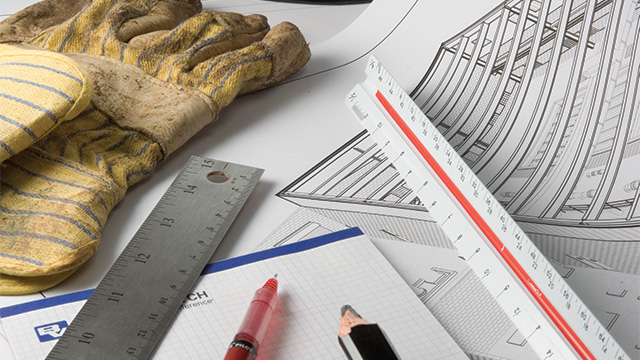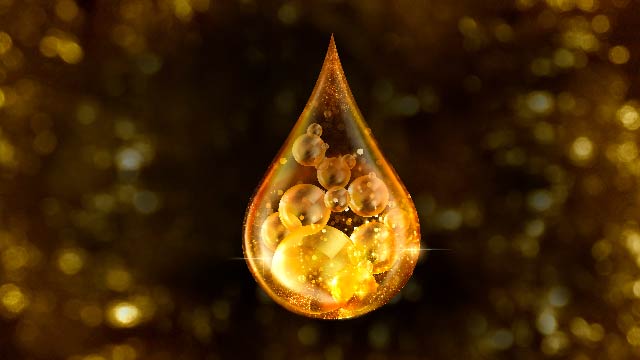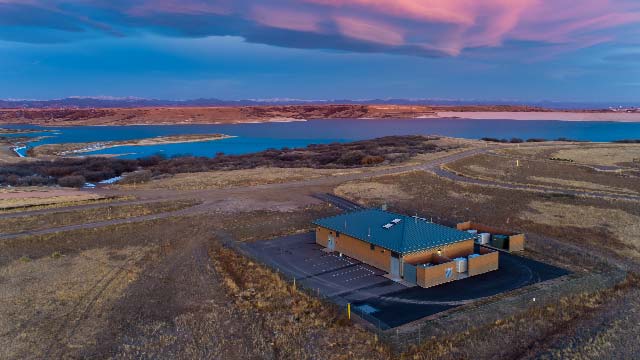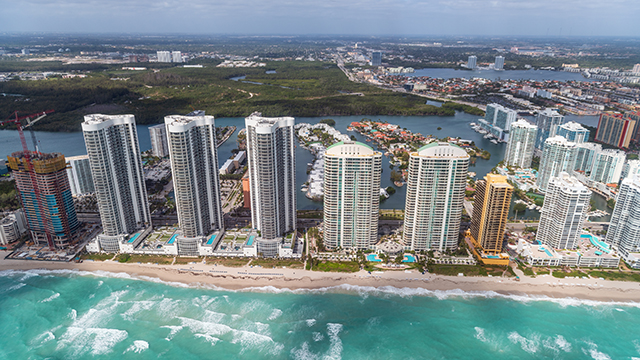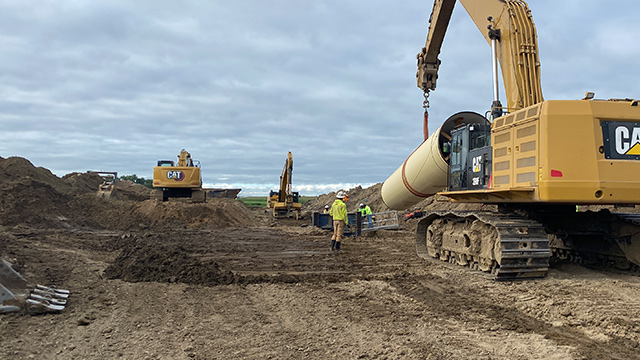By 2025, a greater portion of the worlds population than ever before will face the issue of water scarcity. The United Nations Environment Program predicts that water withdrawals by this date will see a 50 percent increase in developing countries, and an 18 percent increase in developed countries, making it imperative to find ways to increase the amount of water available to meet growing demand. One solution is to reuse the water we have.
“Water reuse is a universal solution that is not limited by climate, geographical location or water supply situations,” said Cindy Wallis-Lage, President of Black & Veatch's global water business.
Boutique Water and Third Pipe Opportunities
Advances in water reuse vary across the world. A developing concept involves providing facilities with the flexibility to discharge waters of various qualities for various end uses, Wallis-Lage said. The idea has been labeled “boutique water.”
“All recycled water does not need to be of the same quality, and a focus on developing boutique water solutions will allow us to treat water for specific uses in a cost-effective manner,” Wallis-Lage said.
Another reuse concept, which has only been sparsely used, is that of a third pipe, which provides reused water to homes and commercial buildings for nonpotable applications, such as water for lawns and flushing water in toilets.
“The challenge with the third-pipe concept is how do you regulate it, and who is the enforcer to make sure there aren’t any cross connections,” Wallis-Lage said. “Many utilities and cities don’t want to take on that liability.”
Education is the Key to Success
“The past has shown that its important to be proactive about solutions to water scarcity before water reuse is unavoidable, because decisions made under crisis that don’t have consumer buy-in may not be long-standing,” Wallis-Lage said.
Consider the case of Brisbane, Australia, Wallis-Lage explains. Brisbane experienced a serious and unprecedented drought that resulted in the local government deciding to use reclaimed water to supplement its dwindling water supply. With the severity of the situation, the decision to implement indirect potable reuse was mandated. Though the public accepted this mandate, the opportunity to have public buy-in was circumvented. Consequently, when it started to rain again and the crisis was over, the public no longer accepted the alternative water supply strategy and was quick to reverse the decision to reuse water.
Ways that utilities and industry leaders can avoid such situations were discussed at a water reuse roundtable series facilitated by Black & Veatch. One of the overarching points of the series was the importance of educating the public with proactive outreach and direct communications to overcome public misconceptions and focus on the true value of water. Doing so can gain public buy-in for water reuse as part of an integrated water portfolio.
“We made a decision very early on that we weren’t going to sugar-coat this; we were going to tell it like it is,” said one roundtable participant. “If we were talking about reusing sewage water, we called it sewer water. We were right up-front with people because we felt that if we didn’t get their buy-in early, we weren’t going to be able to make the investment we needed to make reuse work.”
The “yuck” factor of water reuse comes from a lack of knowledge and understanding of how recycled water can and must be part of a larger water strategy, Wallis-Lage adds. Increasing public knowledge requires a need to think locally and tailor messages based on individual communities. “What’s valid in one location may be thought of as reckless concern for human health in another,” Wallis-Lage said.
Water Reuse in Action
Globally, Singapore, Australia and the southwestern United States are leading the way with regard to incorporating reuse as a key part of their water strategy.
“An important element of Singapore’s success is a very strong public education and public relations program that starts at the elementary schools and continues throughout all parts of the community,” Wallis-Lage said.
Australia is progressive as a nation at looking at reuse, although as the severe drought has subsided on the eastern coast, the issue has been less prominent. The Bundamba Advanced Wastewater Treatment Plant in Brisbane, Australia, which Black & Veatch designed, is part of the largest recycled wastewater project in the Southern Hemisphere. The recycled water from this plant provides cooling water for power plants.
In the United States, examples of water reuse can be found in certain climates, such as Arizona, Nevada, California and Florida, that demand an alternative source of water. These locales have been more creative and accepting of alternative water supplies, because they have limited water supplies of their own.
In Scottsdale, Arizona, recycled water has been injected into the ground water aquifer since 2000. Black & Veatch designed the Scottsdale Water Campus, which was the first large-scale zero discharge facility in the United States. All water is beneficially reused and not discharged to receiving streams. The recycled water is used in part for irrigation within the community, with the remaining water receiving additional treatment prior to being discharged into the ground water supply.
Florida Power & Light completed a project in October 2010 to provide reclaimed water from a local water treatment plant for cooling tower makeup for the West County Energy Center, a 3,750 megawatt combined cycle plant designed by Black & Veatch. The previous source for makeup water was from Floridan aquifer deep wells. This project will greatly reduce water used from the wells and will increase sustainable practices by putting discharged water from the treatment plant to better use. Black & Veatch was responsible for integrating the design of the reclaimed water supply system into the West County Energy Center.
“Black & Veatch has been a strong leader in the efforts to incorporate water reuse as an integral part of the water supply solution,” Wallis-Lage said. “We have designed and constructed some of the premier plants in the world to support reuse.”
The locations where recycled water is used will continue to grow in the future as demand increases.
“Water reuse will continue to become more prominent. We have no choice. We have a predicted population level that far exceeds the capacity of traditional water supplies,” Wallis-Lage said. “We are going to have to learn to use water differently.”
Subject Matter Expert
Cindy Wallis-Lage: Wallis-LageCL@bv.com
